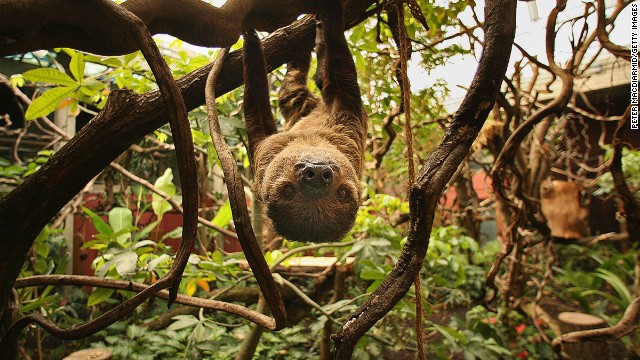 20. Sloth 20. SlothSluggish and serene, the sloth, found in the rainforests of South America, happens to have the same name as the Catholic vice. 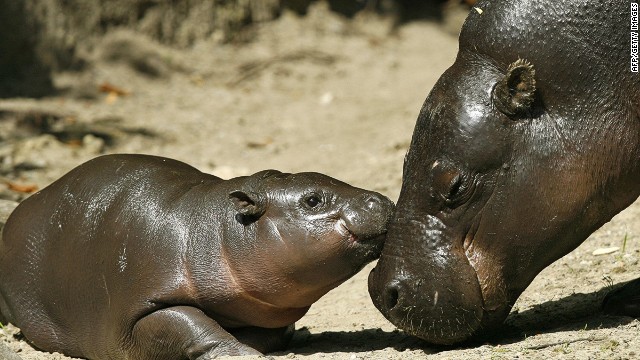 19. Pygmy hippopotamus 19. Pygmy hippopotamus
Like its larger cousin, the pygmy hippopotamus has stumpy legs, a blunt snout and extraordinary swimming skills. 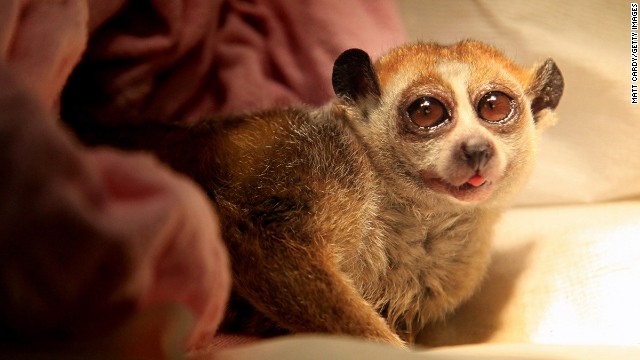 18. Slow loris 18. Slow lorisWith an unnervingly wide-eyed stare, the slow loris hails from the tropical jungles of Southeast Asia and is notable for its plush but strong limbs.  17. Chameleon 17. ChameleonMaybe bulging eyes, slightly down-turned mouth, curly, prehensile tail and extremely long tongue, the chameleon is one of the more appealing reptiles. 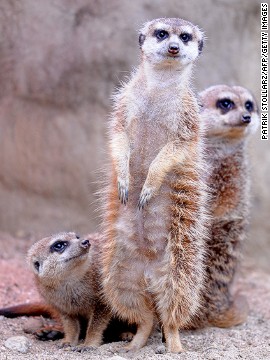 16. Meerkat 16. MeerkatMeerkats are a type of mongoose that live in the deserts from the Kalahari of Bostwana to the Namib of Namibia, South Africa and parts of Angola.  15. Koala 15. KoalaKoalas aren't as sweet as they look.Koala experts say the creatures' behavior most often varies between mildly cranky to downright bad-tempered.  14. Penguin 14. PenguinFrom "Mr. Popper's Penguins" to "Happy Feet," the squat, aquatic birds with their sleek, debonair coats have a secure position in pop culture. 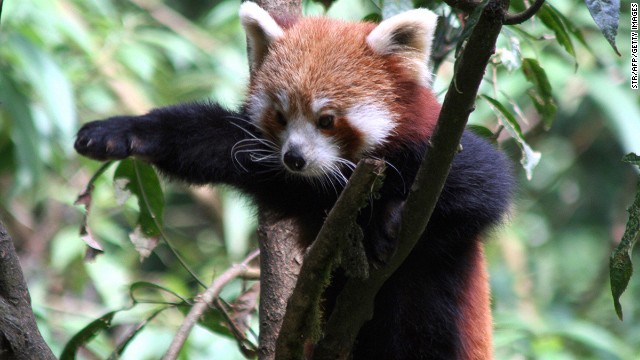 13. Red panda 13. Red pandaRed pandas share little in terms of appearance with their monochromatic cousins, the great pandas.
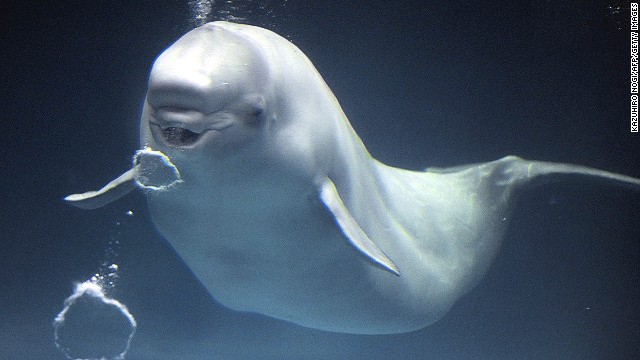 12. Beluga whale 12. Beluga whaleAbout four meters long, the white, baby-faced beluga whale, which makes its home in the colder seas of the Arctic and sub-Arctic, is about one-fifth the size of a blue whale.  11. Clown fish 11. Clown fishSure, real clown fish can't talk or pop open their eyes for that comic Pixar effect, but they can do cooler things, such as switch genders. 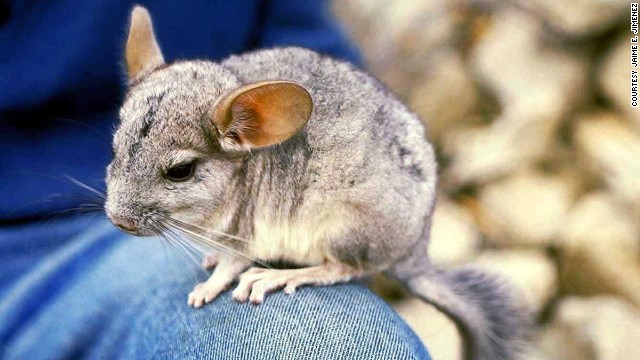 10. Chinchilla 10. ChinchillaAn indigenous South American rodent, the chinchilla offers another example of how dangerous it can be to be cuddly. 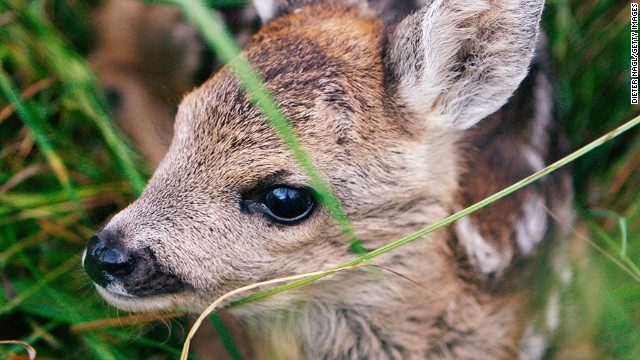 9. Roe deer 9. Roe deerThe roe deer is chestnut-brown, roughly the size of a goat and native to England. 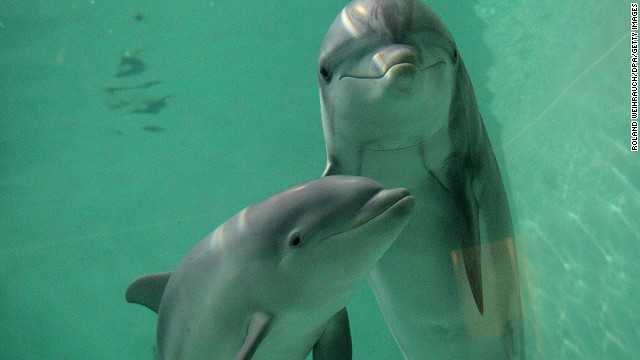 8. Bottlenose dolphin 8. Bottlenose dolphinIn captivity, bottlenose dolphins are praised for their intelligence and therapeutic qualities -- swimming with dolphins is supposedlygood for one's mental health.  7. Alpaca 7. AlpacaDomesticated for thousands of years, the alpaca is valued for its gloriously fleecy hair, which is used to make sweaters. 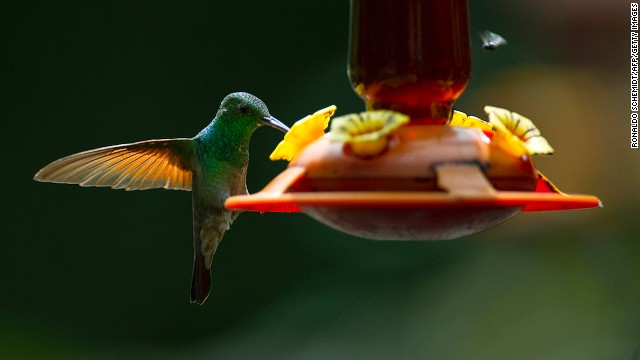 6. Bee hummingbird 6. Bee hummingbirdThe bee hummingbird from Cuba, the smallest bird in the world, isn't only tiny -- it weighs less than a U.S. penny -- it's fast, beating its wings up to 80 times a second. 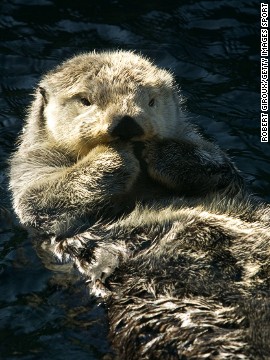 5. Sea otter 5. Sea otterSea otters are as clever as they are cuddly.They use rocks as tools to crack open clams and mussels for food and sleep floating face-up on the surface of the water with tangled kelp anchoring them in place. 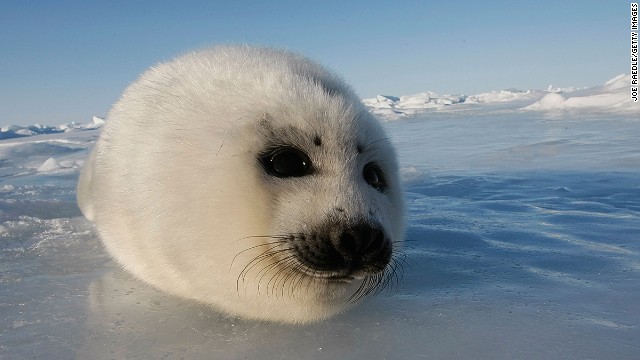 4. Harp seal 4. Harp sealIt's no coincidence that many animals on this list happen to be threatened, vulnerable or endangered species.  3. Giant panda 3. Giant pandaThe black and white coloring, fat butt and contemplative way they chew their bamboo: one might never stop listing the qualities that make the giant panda so charming.  2. Philippine tarsier 2. Philippine tarsierAs the smallest primate in the world, the arboreal, nocturnal Philippine tarsier has all the basic qualities of cute: enormous eyes set in a tiny body no bigger than a human fist and tiny knobbly paws with which it grasps onto tree branches. Tarsiers are notoriously unhappy in captivity.
 1. Fennec fox 1. Fennec foxThe fennec fox is a sandy nocturnal desert fox, immortalized in Antoine de Saint-Exupéry's "The Little Prince" as the fox who wanted to be tamed. As the smallest of the foxes (smaller than the domestic cat), with oversized ears like pumpkin leaves and tiny pointed faces, the fennec fox looks adorably, temptingly tamable. Consequently, commercial trapping is the greatest threat to the fennec fox; it's highly sought after in the captive pet trade and often captured and put on display for tourists visiting the area.
alolo...nak picit2 fennec fox..comeyyyyy  
|